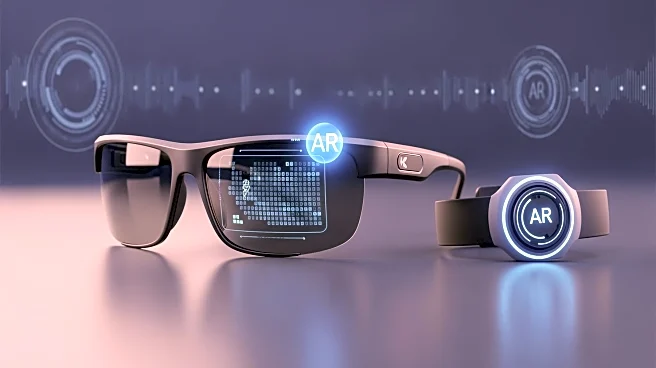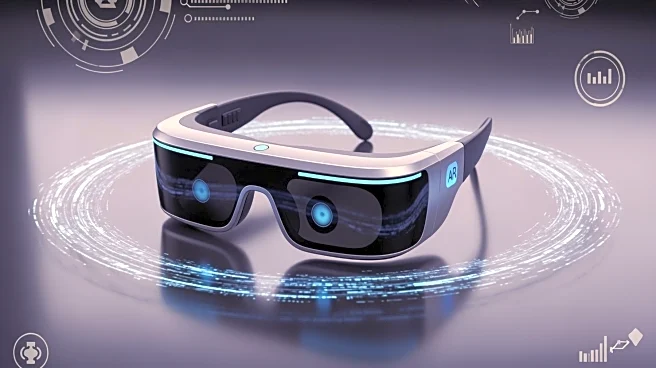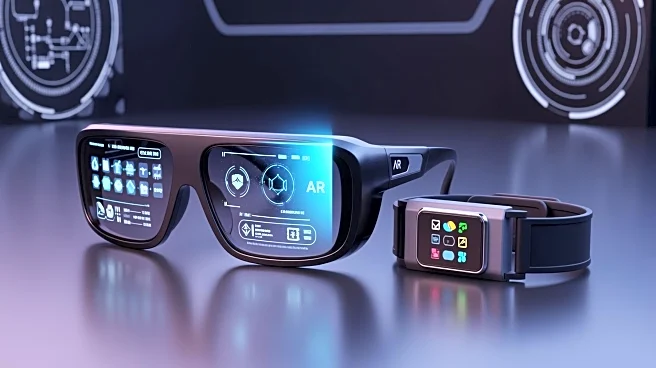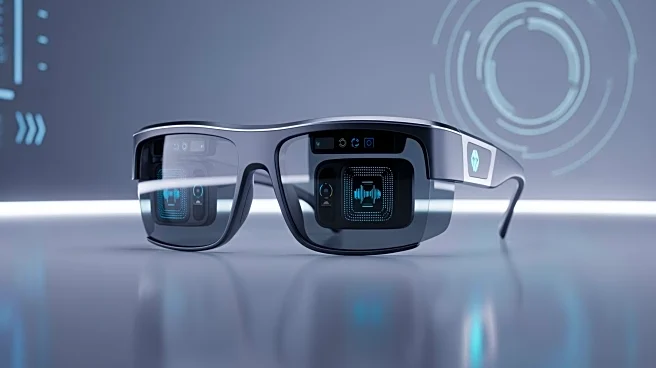What's Happening?
Meta and Snap are advancing augmented reality (AR) technology with new hardware and features. Meta's Project Aria Gen 2 research glasses now include sensors that estimate heart rate, allowing for real-time
biometric interactions. Snap plans to release lightweight consumer AR glasses in 2026, aiming to make AR more accessible. These developments are part of a broader trend where AR is moving from experimental to everyday use, with applications in fitness, navigation, and tourism.
Why It's Important?
The advancements in AR technology by Meta and Snap could significantly impact how consumers interact with digital content in their daily lives. By integrating biometric data, AR experiences can become more personalized and responsive, enhancing user engagement. The push towards consumer-friendly AR glasses suggests a future where AR is seamlessly integrated into everyday activities, potentially transforming industries such as tourism, fitness, and education. This shift could lead to new business opportunities and change how people access and interact with information.
What's Next?
As AR technology becomes more integrated into consumer products, we can expect increased competition among tech companies to develop the most user-friendly and versatile devices. The success of these innovations will likely depend on their ability to provide practical applications that enhance daily life. Developers will need to create compelling AR experiences that leverage the new hardware capabilities, while consumers will play a crucial role in determining which features become standard in future AR products.











